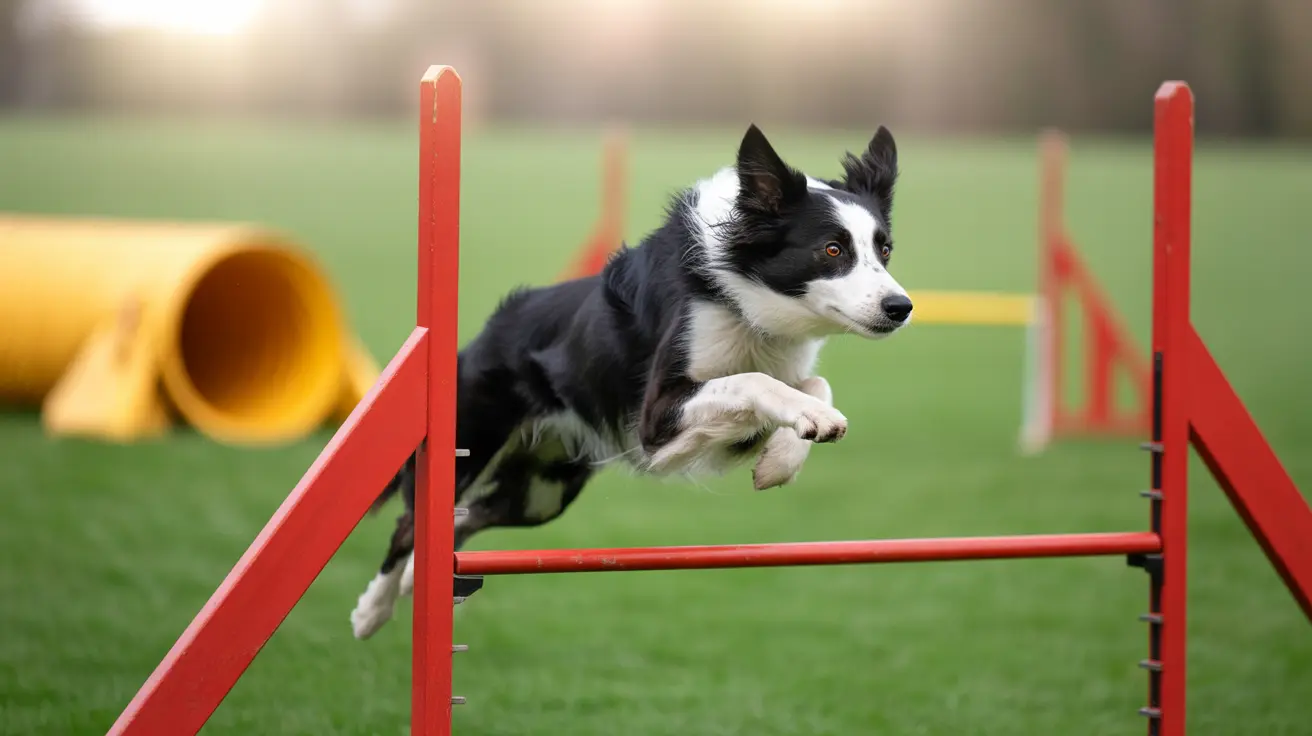Natural Ways to Combat Yeast Infections in Dogs
Yeast infections are a frequent skin and ear ailment in dogs, typically caused by the overgrowth of a yeast species known as Malassezia pachydermatis. These organisms normally live harmlessly on canine skin, but certain conditions—such as moisture, suppressed immunity, or skin damage—can create an ideal environment for yeast overgrowth. While medical treatment is often necessary, there are natural strategies that may help reduce recurrence or support veterinary care.
Recognizing the Symptoms
Before exploring natural remedies, it's crucial to identify the signs of a yeast infection:
- Intense itching and scratching
- Red, swollen, or greasy skin
- Musty odor from infected areas
- Brown or yellow waxy discharge, particularly in ears
- Hair loss and thickened, darkened skin
- Excessive licking or chewing at paws and nailbeds
Dogs may also shake their heads, display signs of ear discomfort, or exhibit balance issues if inner ears are affected.
Understanding the Causes
Several factors can contribute to yeast overgrowth:
- Moisture retention due to floppy ears or skin folds
- Frequent swimming or bathing without drying
- Antibiotic overuse, which disrupts normal flora
- Immune system imbalances or chronic diseases
- Food or environmental allergies
- High-carbohydrate diets
- Breed predisposition, especially in dogs like spaniels, retrievers, poodles, and bulldogs
Vet-Recommended Treatments
Conventional treatments often include:
- Topical antifungal creams, shampoos, or sprays
- Medicated ear drops or oral antifungals
- Anti-inflammatory medications
- Addressing underlying health issues such as allergies or hormone imbalances
Natural Remedies: What Really Works?
While home remedies are popular among pet owners, only one natural option has any merit:
- Dilute Apple Cider Vinegar (ACV) Rinse: ACV may help by altering skin pH, making it less hospitable for yeast. A typical ratio is 1 part vinegar to 1–2 parts water. Apply topically in affected areas but never in open wounds or raw skin. Always consult your vet before use.
Other so-called remedies (essential oils, coconut oil, yogurt, garlic, etc.) lack scientific evidence and may irritate the skin or cause adverse reactions in dogs.
Preventive Measures
Because yeast infections often recur, preventing the conditions that lead to overgrowth is vital. Try the following strategies:
- Thorough drying after bathing or swimming
- Cleaning ears regularly with vet-approved solutions
- Trimming ear and paw hair to improve airflow
- Feeding a balanced, low-carbohydrate diet
- Routine veterinary checkups for allergies or hormone disorders
- Maintaining good hygiene—especially in skin folds and paws
- Proper flea and tick control
What to Avoid
Some actions might do more harm than good:
- Avoid using human products or harsh cleansers
- Don't over-bathe your dog, which can strip protective oils
- Never use unverified internet remedies without veterinary advice
When to See a Vet
If your dog shows signs of a yeast infection—especially itching, odor, discharge, or skin changes—prompt veterinary attention is essential. Deep or chronic infections may require months of treatment, and misdiagnosis can lead to worsening symptoms.
Remember, while natural approaches can support healing, nothing replaces professional veterinary care. Managing the environment, maintaining hygiene, and addressing underlying causes are the best ways to keep your dog healthy and comfortable.
Conclusion: A dilute vinegar rinse may help naturally inhibit yeast, but always consult your veterinarian before using any home remedy. Prevention, not cure, is the most effective strategy.





